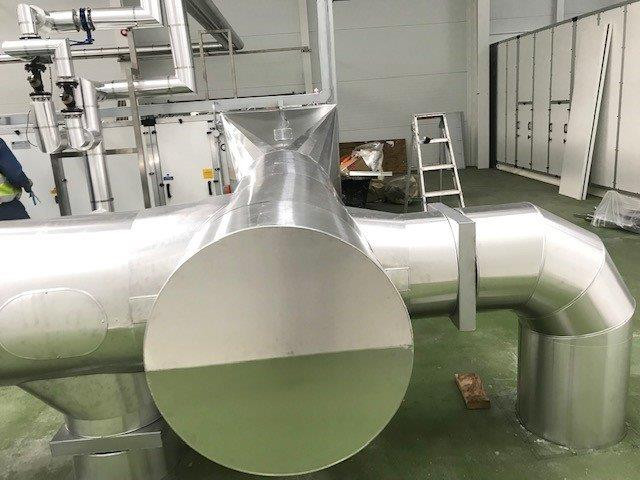
Storage tanks and vessels need effective insulation that is able to maintain stability, preserve heat and cold, and satisfy all safety requirements, such as protecting workers from hot or cold surfaces.
Usually, it is critical to store the substances under specific temperatures, meaning that if the temperature is too high or low, the substance could be spoiled or even lose its flowing properties. Therefore, insulation is a huge component in the functionality of tanks and vessels.
● Reducing heat loss
Insulation significantly reduces heat loss, which not only provides cost savings, but it also good for the environment. Even though an effective insulation system may be effective to install initially, the pay-back time is usually less than a year, whereas the insulation itself typically lasts for years. Furthermore, this will lead to fewer CO2 emissions, which is beneficial for the environment.
● Safety
Fire resistant insulation significantly reduces fire risks and also serves as protection against contact by minimising the surface temperature of the tank.
● Reducing the cooling of the stored substance, so it remains fluid and does not set
● Stopping the tank/vessel from freezing
● Preventing heating of the stored substance through solar radiation
May different types of ductwork require insulation, including circular, rectangular and flat oval ductwork. Depending on the ductwork contents ie supply air, fresh air, warm air, cool air etc. These will then require the correct specifications to be designed and fitted.
The insulation for ductwork is supplied in slabs, lammela and slotted slabs, finishes for the insulation may vary. When cladding is required we have the necessary skill set and design capabilities to carry out specialized cladding that may be required.
Vessels can vary from small to large diameters and varying heights. The larger vessels will often require a support system. Typically this will involve support rings, designed and spaced to support the weight of the insulation.